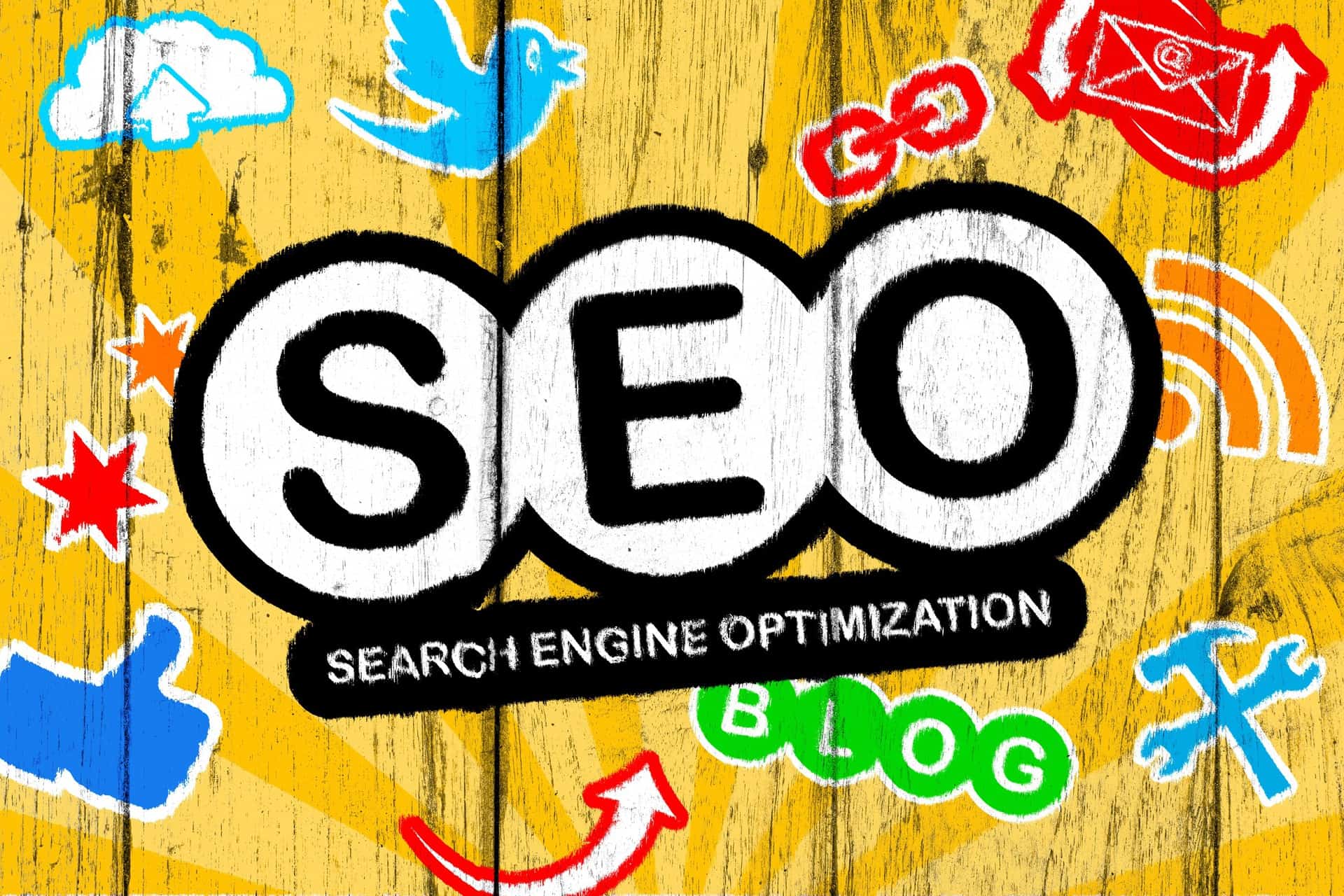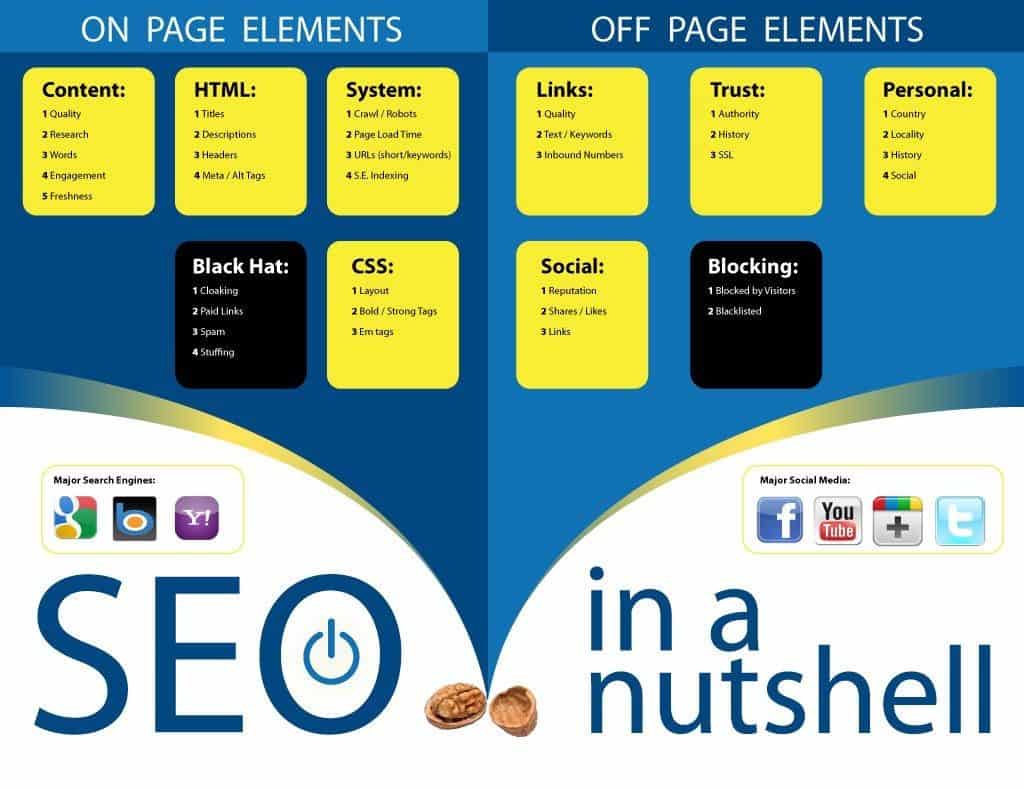
Search Engine Friendly vs. Search Engine Optimized


Most entrepreneurs realize that they need to involve SEO best practices when developing a website, but it can be easier said than done. To reach the top, your site needs to be search engine friendly and search engine optimized. You may have heard these terms used interchangeably, but they are actually two entirely different aspects of web design. In fact, not only is each process different, they also need to be integrated at specific stages during your development.
The Difference Between the Two
While many business owners don’t think about implementing SEO until they’ve got their website established, making each page search engine friendly actually begins in the initial creation stages. Good title tags, meta descriptions, URLs and even coding can make your page easier to find in a search. Typically, these methods are used once and don’t require any additional upkeep.
Pages that are search engine optimized, on the other hand, involve what many users think of when they create an SEO strategy. Using the correct keywords in the proper placement is just part of the equation for reaching optimal Google ranking, but SEO masters generally involve several strategies to aim for the top position. These methods must usually be implemented over and over again to reach and maintain the best placement.
Is it Really Necessary to be Search Engine Friendly?
If you have already built your page or you’re trying to design on a budget, you may be wondering how important it really is to have a search engine friendly page. The answer to that question depends on one thing: do you want users to easily find your page? If the answer is yes, then yes, the friendliness of your page is very important. But what exactly does friendliness mean? Mark Jackson of SearchEngineWatch.com gives this example when it comes to URLs:
“A good URL structure might be defined as something that resembles this:
www.example.com/category/product-name/
A poor URL structure would be something like:
You’ve probably run across this type of URL before in your searching and didn’t think anything of it, but the fact is that Google bots, despite growing increasingly sophisticated, are still searching for the easiest, most obvious answer to include in their search results. It’s fairly obvious which of the two links would be most quickly picked up and featured. No matter how much SEO you include on your site, making it hard to find will quickly negate your efforts and leave you with less than satisfactory results. This is one reason why many claim that SEO doesn’t work; they are neglecting the basic needs of a quality SEO strategy.
Aspects of a Search Engine Friendly Site
If you’ve already created your site, it will likely cost you more time and money to now have a professional go back and fix mistakes in the coding to increase the friendliness, but it will be worth it. If you are at the initial stages of development, you will want to discuss a list of factors you’d like your webmaster to include in the creation process. Be sure to pay close attention to these, as some companies advertise their ability to optimize the site for search engines, yet don’t understand the many details that this entails.
- URLs: Watch for examples like the ones above. If you notice your developer including them on your site, be sure to specify your desire for simple, easy to read addresses. In addition, a good site should create URLs that offer a breadcrumb or navigational path for users to follow.
- Title Tags: Each page on your site should have a title tag that will encourage clicks by letting viewers know exactly what that page is about. When a user is searching through search results to pick a site, exact information is often more encouraging than ambiguity.
- Headers: In the construction of a search engine friendly site, each page should have headers and heading tags that make your page simple and easy for Google bots to search. Easier to search=easier to find, making your page a Google favorite. Some experts recommend formatting your page like a high school paper, with a title, three main points and sub points. This format is often simple and can create more clarity for search engines.
- Coding: While most code bloat can easily be removed, many professionals don’t know how to do it. When you choose a web designer, be sure they are familiar with the problems associated with excess code and how to avoid it. If you have bloated code, your page will open slowly each time and cause more viewers to click away.
As you can see, having a search engine friendly site is crucial to the success of your company on the worldwide web.
What Does A Search Engine Optimized Strategy Entail?
Once you’ve ensured that your site is friendly, you can then make sure it’s optimized for search engines. Constant changes in search engine algorithms have made it necessary to stay updated on the latest guidelines for SEO on- and off-page factors, as well as Google penalties.
Factors on the Page
This type encompasses the aspects of your marketing strategy that you create and control on your site. Keywords, structure and the type of content you’re publishing will all work together toward success from each page.
Factors Off the Page
What you put on your page is not enough to boost your site through the rankings; you’ll also need to do some work off-site. This could include backlinks to your site from other sites, social media exposure and articles mentioning your content. Neil Patel created these graphics to illustrate the difference between the two.


Violations
The second graphic mentions black hat and blocking factors. By violating Google’s rules, your site may be blocked for black hat practices and dropped from rankings. It’s important to be aware of these as you create your SEO strategy.
These factors are all intertwined and work together toward either success or failure for your site. The geniuses at SearchEngineLand.com have also developed a handy guide to everything SEO that you may find helpful.
As you can see, having a site that is search engine friendly and search engine optimized means two entirely different things. The cream always rises to the top, and by working with an experienced developer and a knowledgeable SEO team, you’ll be able to ensure that your site has the best chance possible at being featured in the number one spot on Google.
- 7 Ways to Blog Faster and Better Without Losing Your Mind - December 16, 2023
- The Business of Blogging: How To Make Money With Profitable Posts - December 9, 2023
- How To Do YouTube Content Marketing - December 8, 2023

